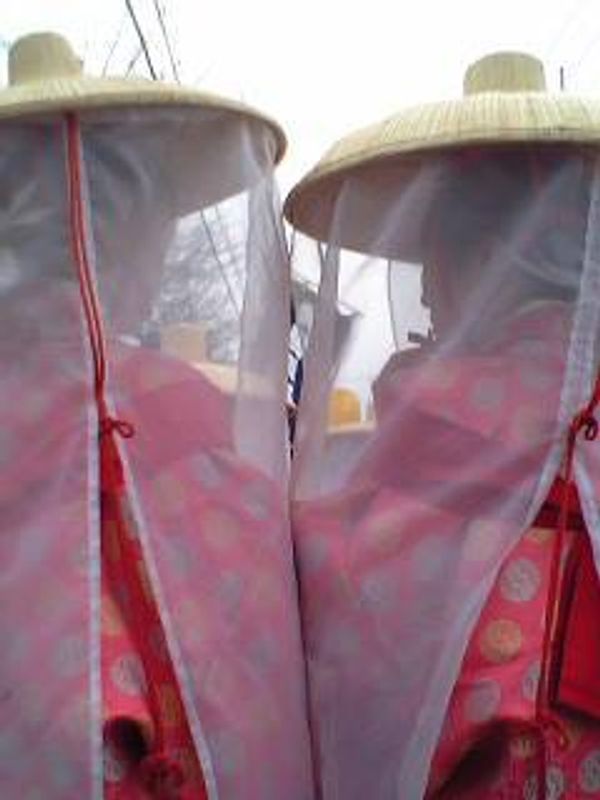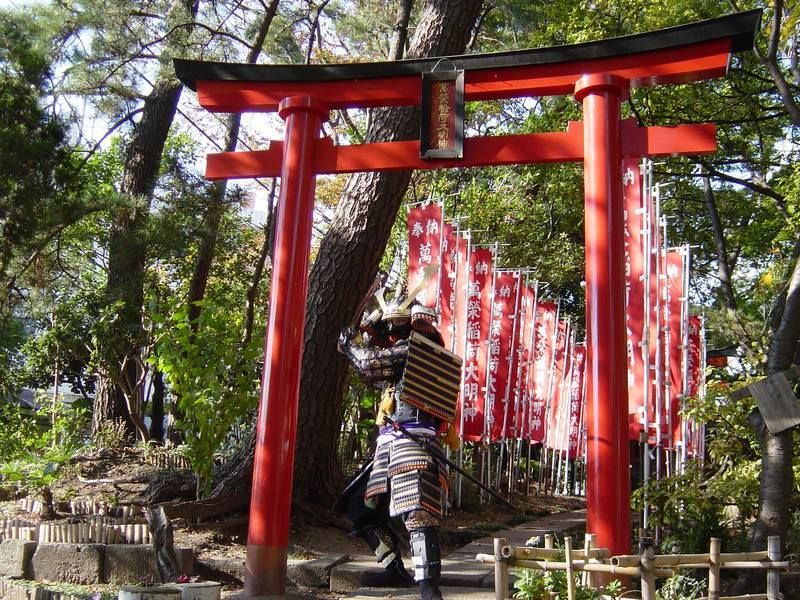Jul 19, 2021
Only in Japan: Japanese Historical Festivals
In these pandemic conditions which have canceled so many long-running and historical festivals, I regret that I didn’t drop everything and attend more often.
One of the highlights of my city’s festival season is Sekiyado Matsuri in early April every year. The festival, hosted at Sekiyado Castle Museum, has demonstrations of flintlock guns, a warrior procession, and kenjutsu demonstrations along with a market and food stalls. Usually, the city puts out a call for volunteers to wear the provided armor and helmets to march in the procession. It’s a startling sight at the foot of the castle. Here’s hoping we can do it in 2022.
All over Japan, there are reenactments of major historical events, traditional festivals, and modern revivals. Even better than watching these spectacles is participating in them. I had the good fortune to connect with some period festival aficionados through the martial arts dojo I train in and got to wear armor and period costume in several reenactments and festivals. It’s not merely a “cosplay” costume dress-up. It’s an education about the lifestyle and history that these festivals commemorate.

In the procession with period kimono-clad women
My first experience was at the Oguri Hangan festival in Chikusei City, Ibaraki. The festival celebrates the legend of Oguri Hangan, a quasi-historical figure who ranged all over Japan and is celebrated in Kabuki and bunraku puppet theater. His story is a tale of betrayal and love as he rises to prominence, gets poisoned by enemies, and is restored by his maiden lover, leading him to healing and revenge against his assailants.
The festival only dates from 1989 and brings together cultural treasures such as martial arts and dance performances. My day at the festival started early, getting dressed in a complicated outfit of red hakama, brocade traveling cloak, bamboo hat, and veil. And then there was makeup which I needed help with as I’m not accustomed to wearing it. I joined the procession along with all the other maidens representing the heroine Terutehime of the Oguri Hangan tale. It was a long day but I got to feel like a star, getting snapped by professional and amateur photographers.
Later, I got invited along to other period festivals in armor. For these events, I was lent reproduction armor and had to learn how to suit up by myself. For weeks before, I practiced with illustrations from period documents, learning to name all the pieces and the way to put them on properly. I learned the hard way that you must put the items on from the bottom up - once you’ve got breastplate and helmet on, it’s hard to reach your feet to get tabi socks and waraji straw sandals on. The armor and helmet are heavy, too, so just a few hours of wearing is tiring.

In Muromachi era armor at Zushi City's warrior procession
With my dojo mates on breaks, we slowly and carefully attempted techniques taught by our master senseis. We gained a new awareness about how difficult it was to counter attacks and not simply get knocked over. After a day of marching around and battling one another, we got an inkling of the grueling samurai experience. And we understood why battles were brief and staged in cooler months.
If your city has a historical recreation and calls for volunteers to don period costume or armor, go for it! It’s an amazing way to connect with history and culture.



0 Comments